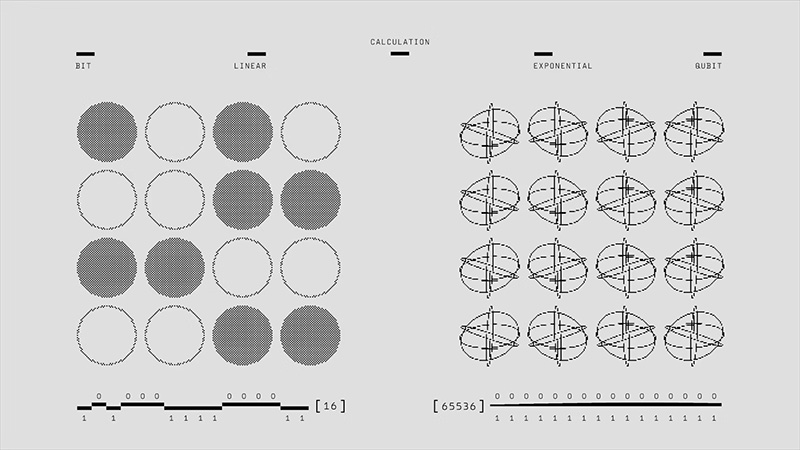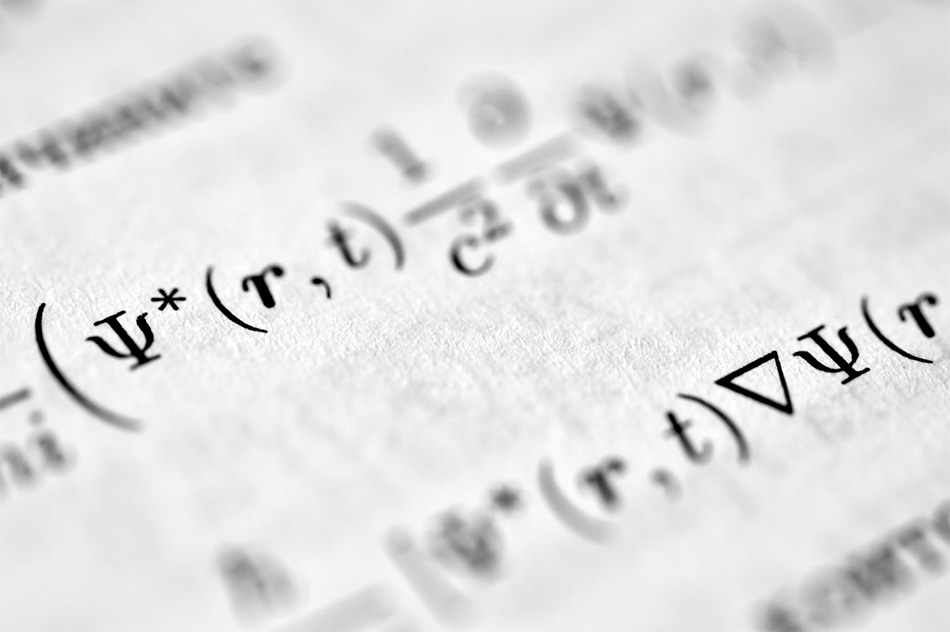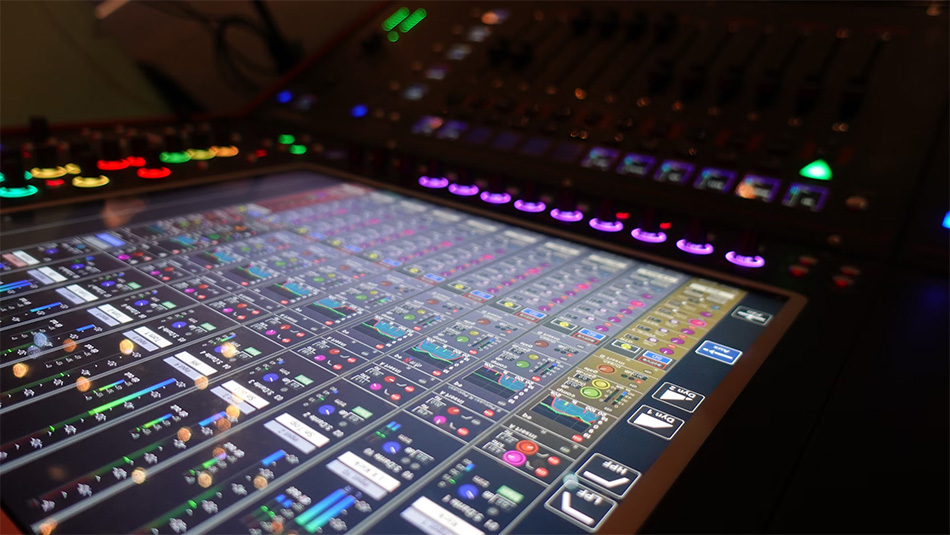The Future of Quantum Computing: An Innovation Leap

The quantum computer revolution is happening quickly, with fresh discoveries always redefine what is feasible. One of the most recent developments is the release of a state-of- the cutting-edge quantum processor pushing computational limits. Developed in a state-of- the-art facility, this invention represents a major step toward fully achieving quantum computing.
A New Era of Quantum Processing
The core of this development is a quantum processor with a remarkable qubit count—the basic units of quantum information. Unlike classical bits, which are limited to binary states of 0 and 1, qubits can exist in several states concurrently, allowing them to execute computations much beyond the scope of classical systems. This increase in capability emphasizes how transforming quantum computing may be in addressing challenging challenges.
Superconducting materials that run at ultra-low temperatures are included into the design of the processor since it is necessary to preserve the delicate quantum states needed for calculation. These conditions allow the processor to reach hitherto unheard-of dependability and stability, hence preparing the foundation for scaled quantum systems.
Tackling Quantum Error Correction

Error correction has presented one of the toughest difficulties in quantum computing. As more qubits are added, traditional systems often see a rise in mistake rates, therefore producing a bottleneck for scalability. But this new processor achieves what analysts refer to as the quantum error correction threshold by showing a remarkable lowering in mistake rates. This invention not only improves the dependability of the CPU but also opens the path for more strong quantum architectures.
One cannot exaggerate the importance of this accomplishment. It marks a paradigm change comparable to moving from a single-engine aircraft to a multi-engine aircraft, therefore greatly boosting performance and safety. This achievement marks a turning point in the road towards useful quantum computing.
Unprecedented Performance Metrics
Benchmark tests expose the shockingly great powers of this quantum processor. The CPU finished a work in few minutes using sophisticated algorithms that would have taken traditional supercomputers billions of years to complete. From this standpoint, the time saved surpasses the age of the universe itself, therefore emphasizing the unmatched speed and efficiency of the processor. This performance surpasses earlier quantum computers, so redefining computational capability. It drives hope about the future uses of quantum technology by stressing its exponential development.
Potential Applications Across Industries
Although the useful applications of quantum computing are still under development, their consequences are rather extensive. Quantum computers could transform machine learning in artificial intelligence, therefore allowing more complex algorithms and faster data processing. In the medical field, they could help to replicate intricate biological systems, hasten medication development, and support individualized medicine.
The energy industry might also gain greatly since more effective modeling of fusion energy systems made possible by quantum computing will result. From better medical treatments to sustainable energy, these developments could help to solve some of the most urgent problems facing mankind.
The emergence of this next-generation quantum processor signals a turning point in the evolution of quantum computing. Overcoming long-standing obstacles such error correction and attaining unheard-of performance prepares the ground for a fresh period of invention. Although useful applications still lie ahead, the opportunities are almost endless and have transforming effects across several sectors. Quantum technology is set to completely change the planet in ways we are only starting to conceive as it develops.
